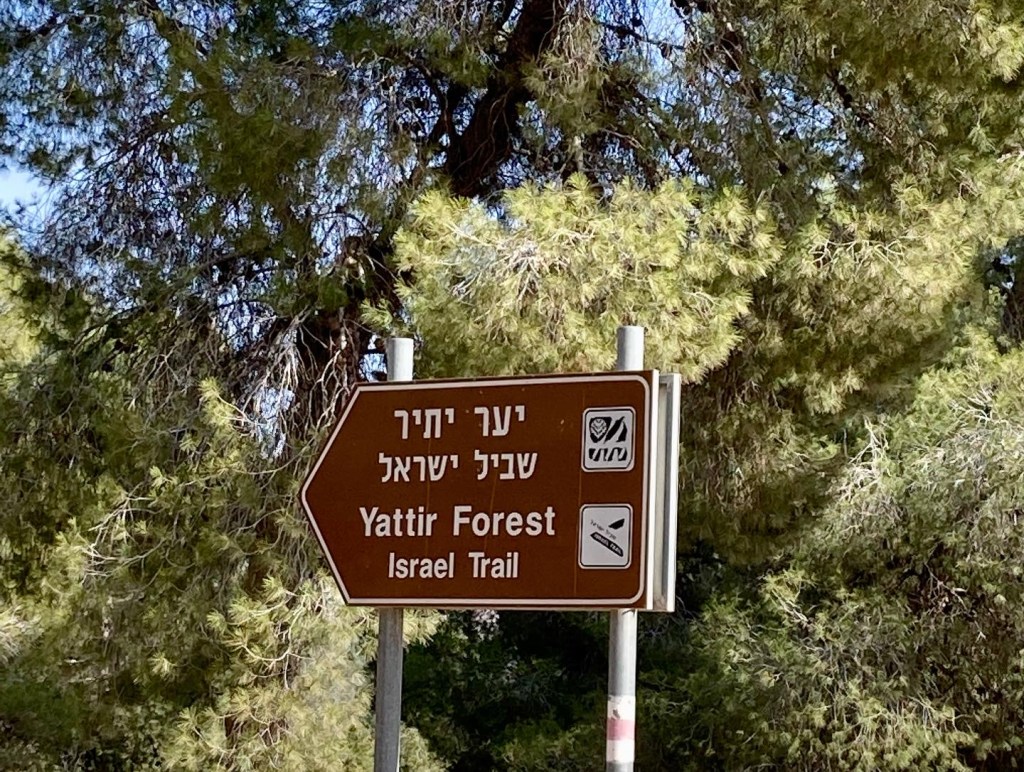
Israel is truly a land of the miraculous on so many different levels. What was just a century ago a barren dry desert, has become through ingenuity, a powerful vision of the future, hard work and Divine Providence, a fertile and prosperous country. The people of Israel have always valued nature and green space. The early pioneers of the late 1800s and early 1900s labored under grueling extremes of temperature, lack of fresh water, malaria and Arab Bedouin attacks to drain swamps, clear rocky soil and bring irrigation to the parched land to plant fields and orchards, forests and parks.
The first Prime Minister of Israel, David BenGurion, had a dream to turn the Negev Desert into a vibrant, flourishing place where people could live and thrive. Through the generosity of donors to the non-profit Jewish National Fund (JNF/KKL), tens of millions of trees have been planted throughout the country. The most visionary and near- impossible feat, the creation of a ’green lung’ – an entire forest planted in the sands of the Negev Desert!! – has been the most spectacular, gaining recognition from environmentalists worldwide.
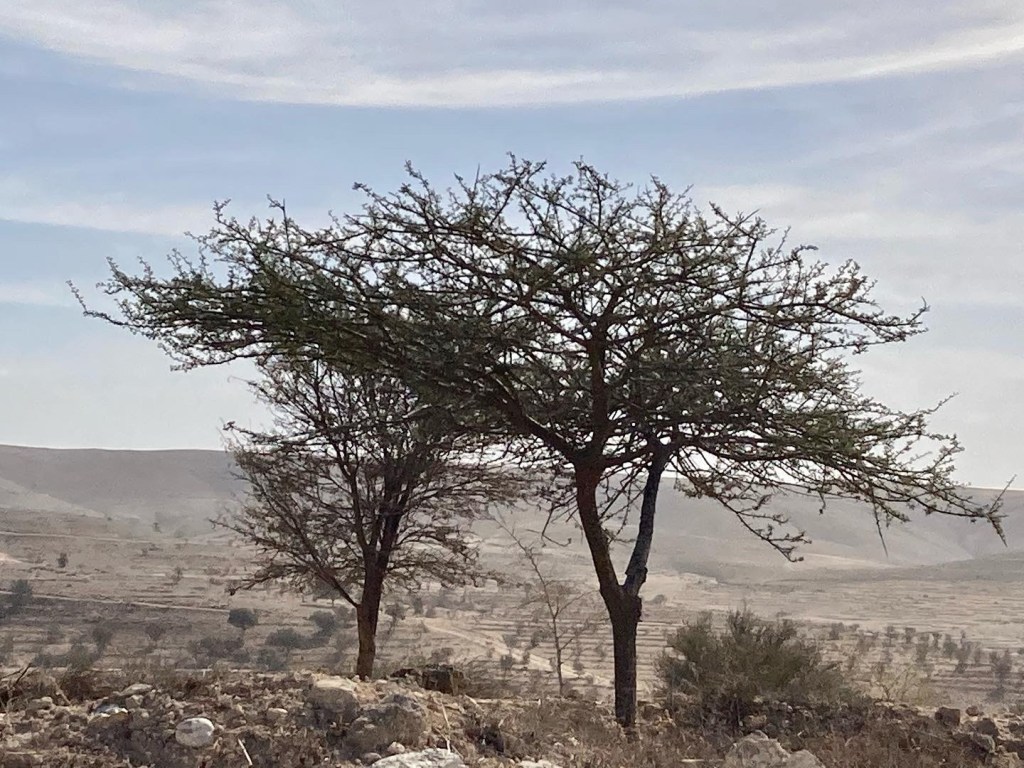






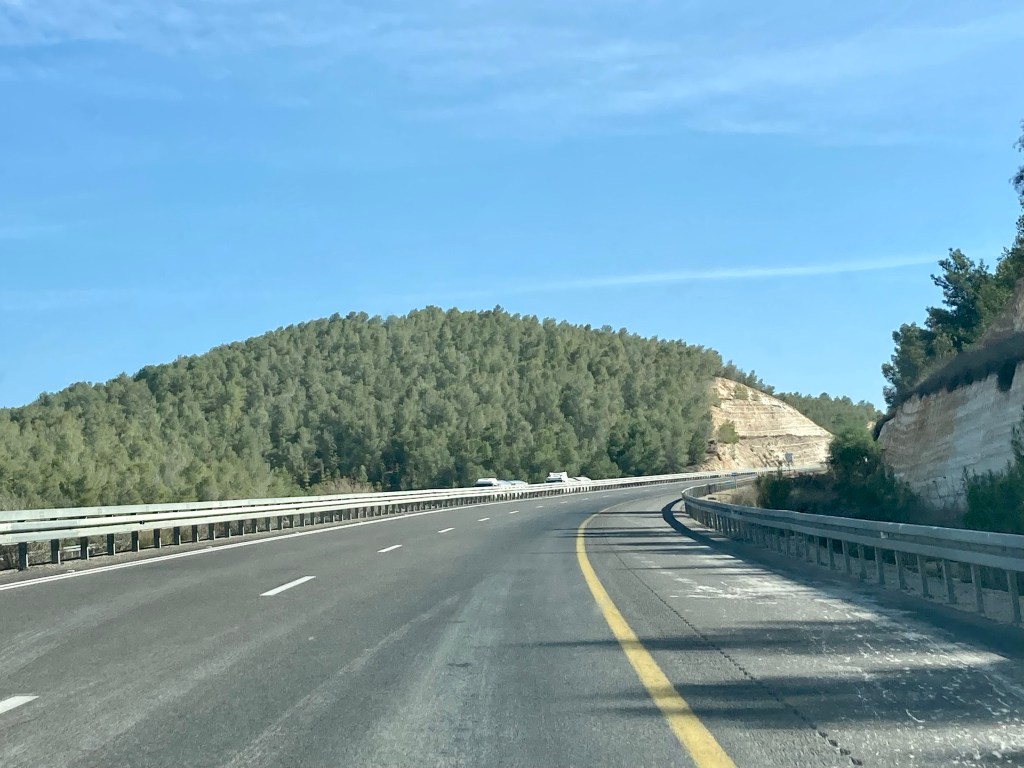
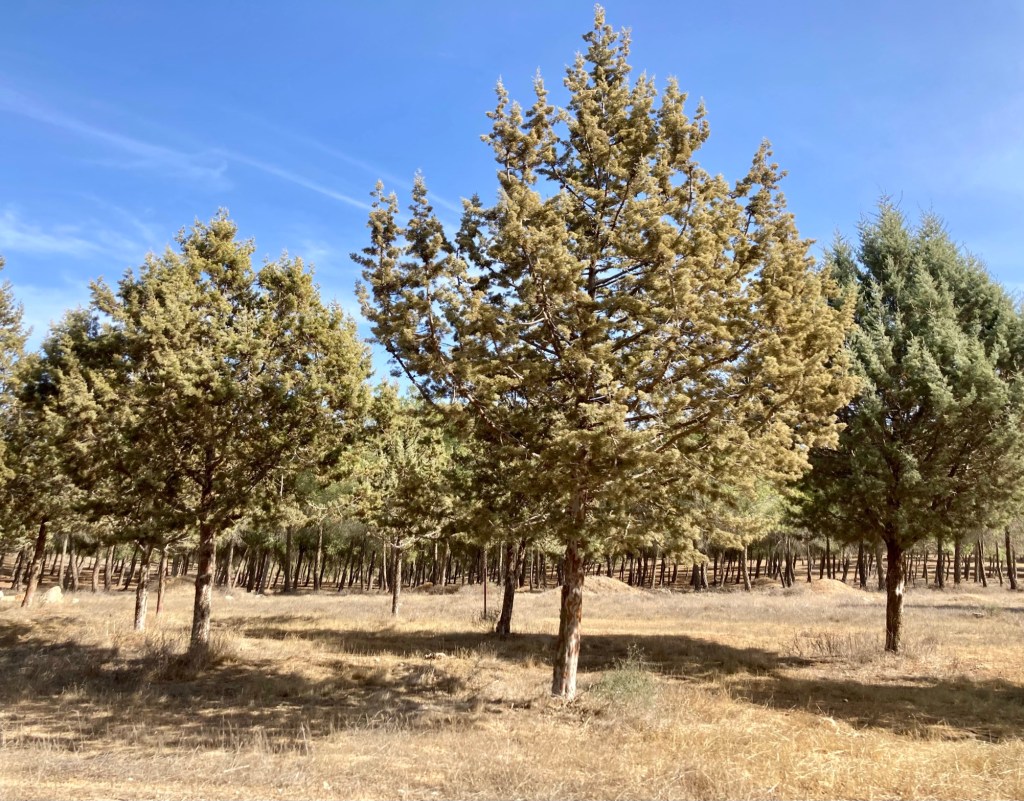
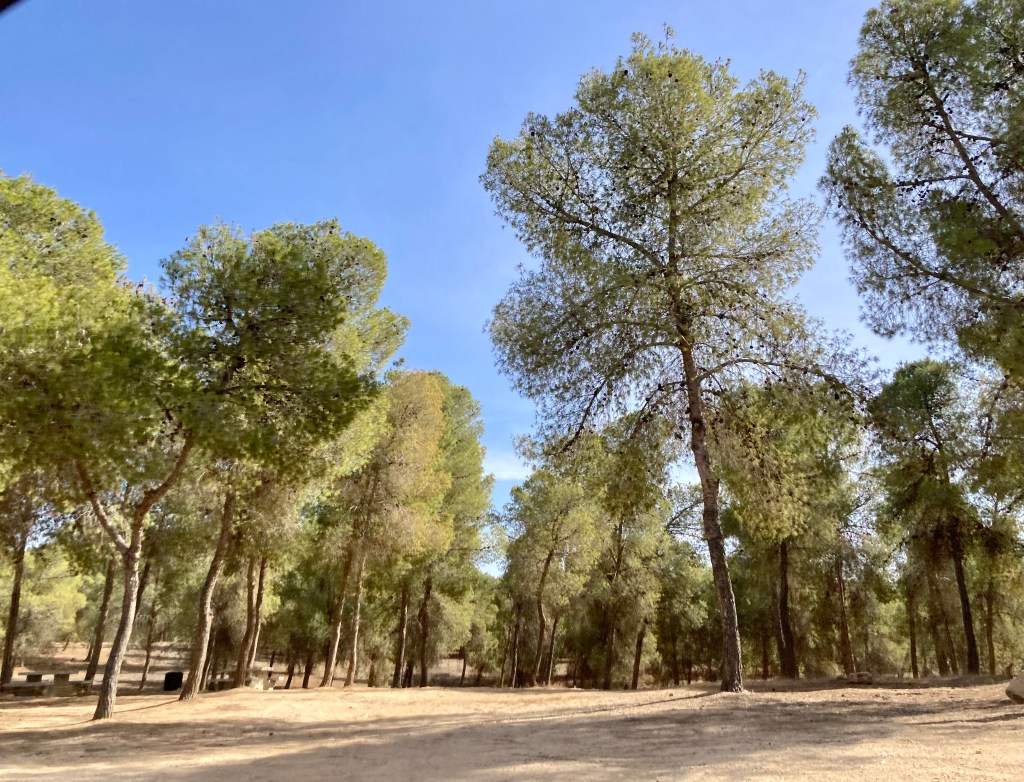

The Yatir Forest is named after the Levite Biblical city whose ancient ruins from the times of Joshua were discovered there. It lies south of Jerusalem and northeast of Beersheva, on the southern edge of the Hevron Mountain slope. It is the land Abraham and the Patriarchs of the Jewish faith traveled and sojourned, today the Upper Negev Desert.
The land in the upper Negev is made of loess soil. During the winter rainy season, the water creates a crust on the topmost part, causing the rainwater to run off creating flash floods. For years, that rainwater (in an area where there is typically less than 275 mm of rain per year) was basically being wasted. Using the collection techniques from the 5th century BC Nabatean spice traders of collecting the rain in cisterns combined with modern techniques, digging trenches to channel the water into man-made reservoirs, the Yatir Forest was first conceived in the late 1960s. Since then, over 4 million trees have been planted on over 7,500 acres. Many different varieties were selected for this project as the elevation changes from 1200 feet to 2500 feet above sea level. Both the temperature and amount of rainfall vary from elevation to elevation as well. Different species of evergreen trees (Aleppo pine, Jerusalem pine, cypress) as well as deciduous (terebinth, eucalyptus, fig, pistachio, jujube/Christ’s thorn, Jerusalem oaks, carob and tamarisk) have been planted. The trees grow on terraced steps with wide berms banked on each side to maximize water retention and to prevent flooding and soil erosion. Three weeks ago, we visited the region. It was spectacular to actually see what we had read about!

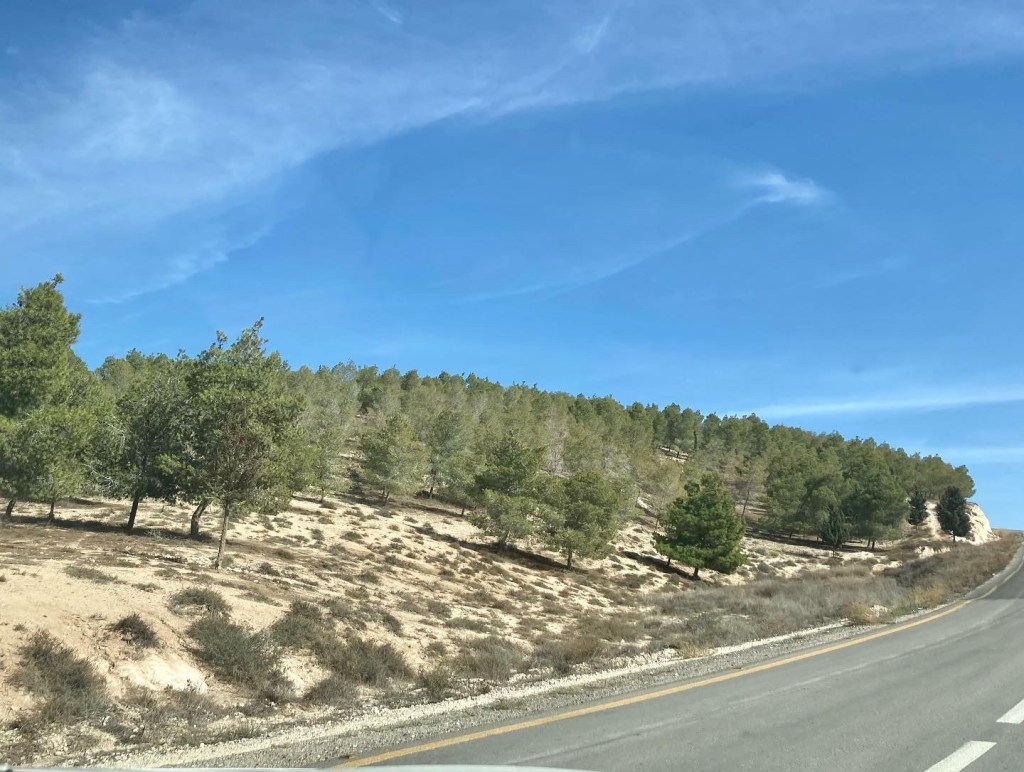
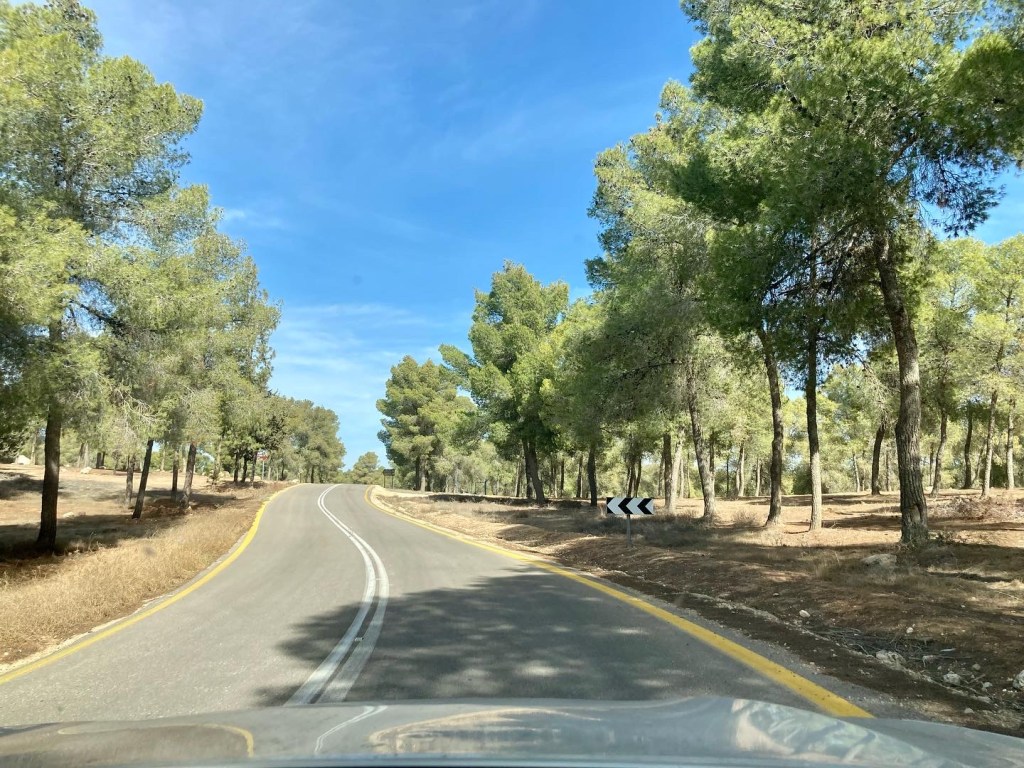




Most of the coniferous trees we saw were shorter and thinner than their American counterparts, but just the fact that they are able to grow at all here was incredible. Five hiking trails of varying difficulty wind their way through the Yatir Forest, including Israel’s National Trail which spans the country from North to South. The forest is an environmental wonder. Not only are their many designated hiking and picnicking areas, but the composition of the soil itself has changed. Where once was rock and sand is now richly composted loam due to the tree roots, decaying leaves and underbrush. Animals not seen in the area for centuries, like certain fox and salamander species, some thought extinct, have returned to the forest. Not only the landscape, but even the climate has changed. The temperature variations in this microclimate are now less extreme. It is cooler in the summer and warmer in the winter here, and the oxygen levels have increased, cutting down the carbon levels in the atmosphere. Scientists worldwide are now studying this ‘experiment’ in reforestation to help fight climate change.
The trees of the Yatir Forest are all tagged and the land meticulously cared for. Any unhealthy trees are removed or treated, and the underbrush is also managed. Bedouins who live in the area graze their goats and sheep in the forest. They are allowed to chop down a certain amount of timber each year for cooking and heating wood, thereby thinning out the thicker parts of the woods. The animal dung also aids in fertilizing the soil. It has become a win-win solution for all.
In the early 2000s, a 650,000 cubic meter reservoir was added to collect the channeled rainwater and assist with irrigation. In addition, desalinated water from the Mediterranean and gray water from sewage has been treated for use in orchards and vineyards. The Yatir Biological Farm, using permaculture techniques, grows vegetables, olives and herbs which are used in the manufacture of medical tinctures and essential oils. Several vineyards have sprung up in what was desert just a few decades prior. The elevation and chalky, calcium-rich soil is the perfect medium for the vines.
At the recommendation of our friend, Saher, we made reservations at the Yatir Forest Winery, located at the base of the mountain, a 10 minute drive from the forest’s vineyards. Saher makes a special 3 1/2 hour trip down from the North twice a year just to buy their wines. And now we know why. It has become one of our top four best wineries in all of Israel. John and I and our friend, Marc, were warmly greeted by Smadar who took us on a personal tour of the whole operation. The small winery began in 2000, a joint venture between local winegrowers from three tiny moshavim or villages in the forest. Today they carry on the winemaking tradition that goes back to the time of the Judaean kings, 2500 years ago. The farmers that lived in the area back then earned their livelihoods through grape and olive production, so wonderful the wine and olive oil were exported to Egypt and Rome. The current output of Yatir Forest Winery is 180,000 bottles per year, enjoyed locally and internationally. The production staff used the down time during COVID when there were no tourists to build the new visitor center and tasting room. The vintner at Yatir, Eran Goldwasser, chooses only the most select grapes grown exclusively in the region. He is now garnering worldwide attention for his output, the wines winning several prestigious awards throughout the world.
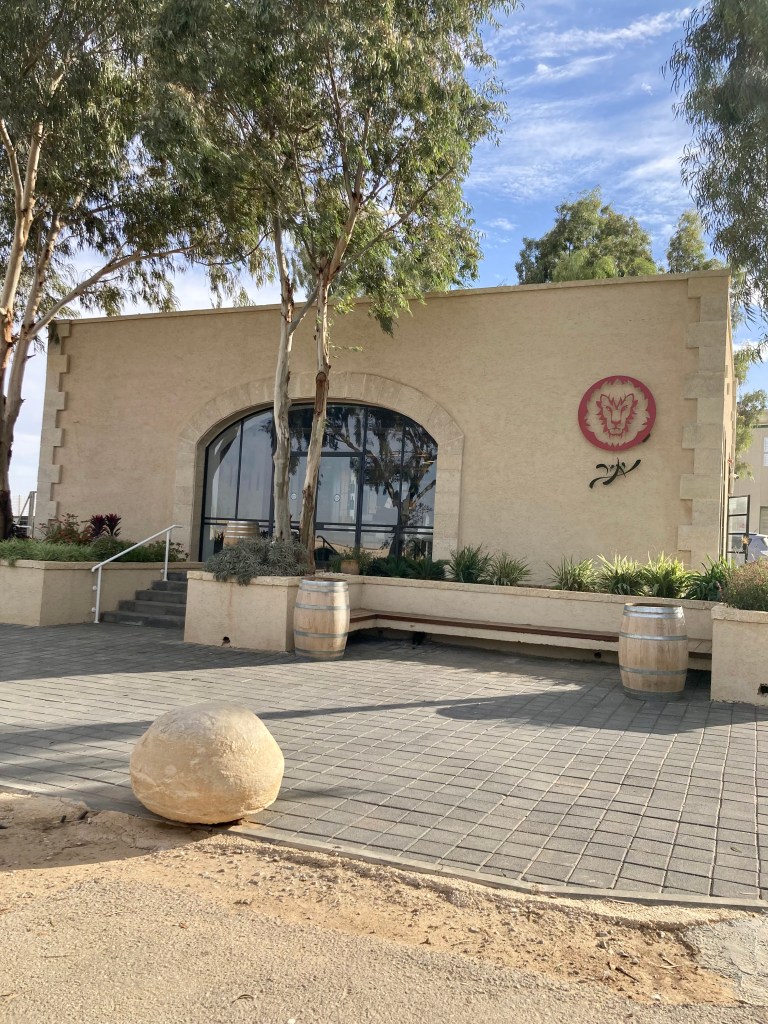
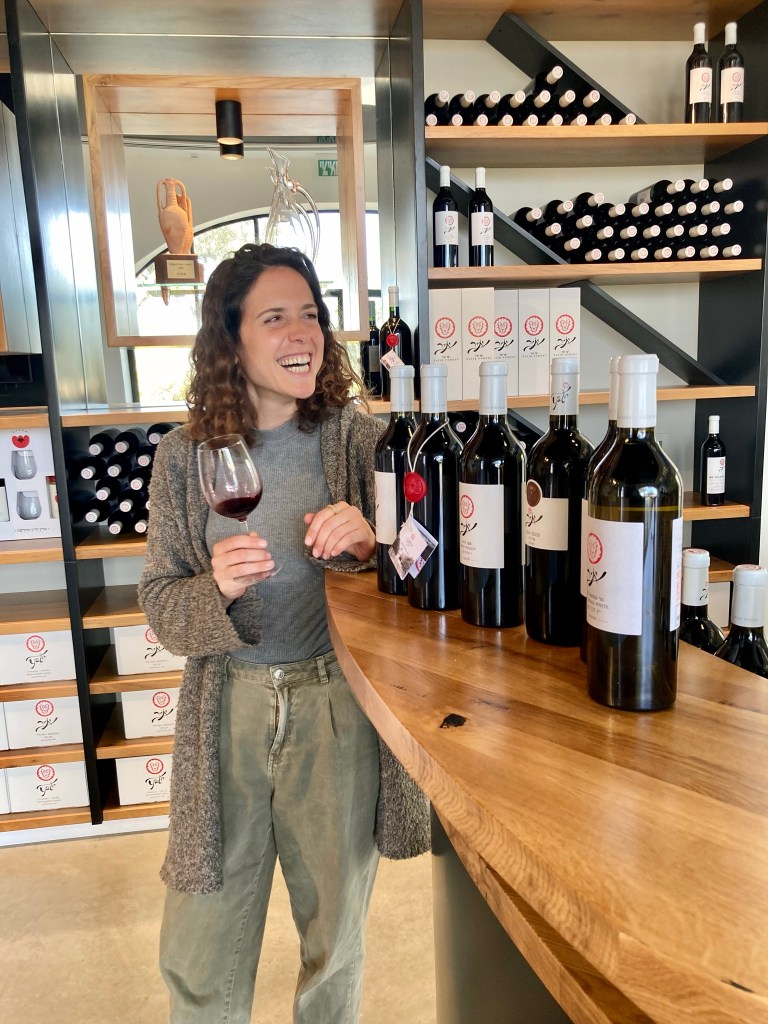

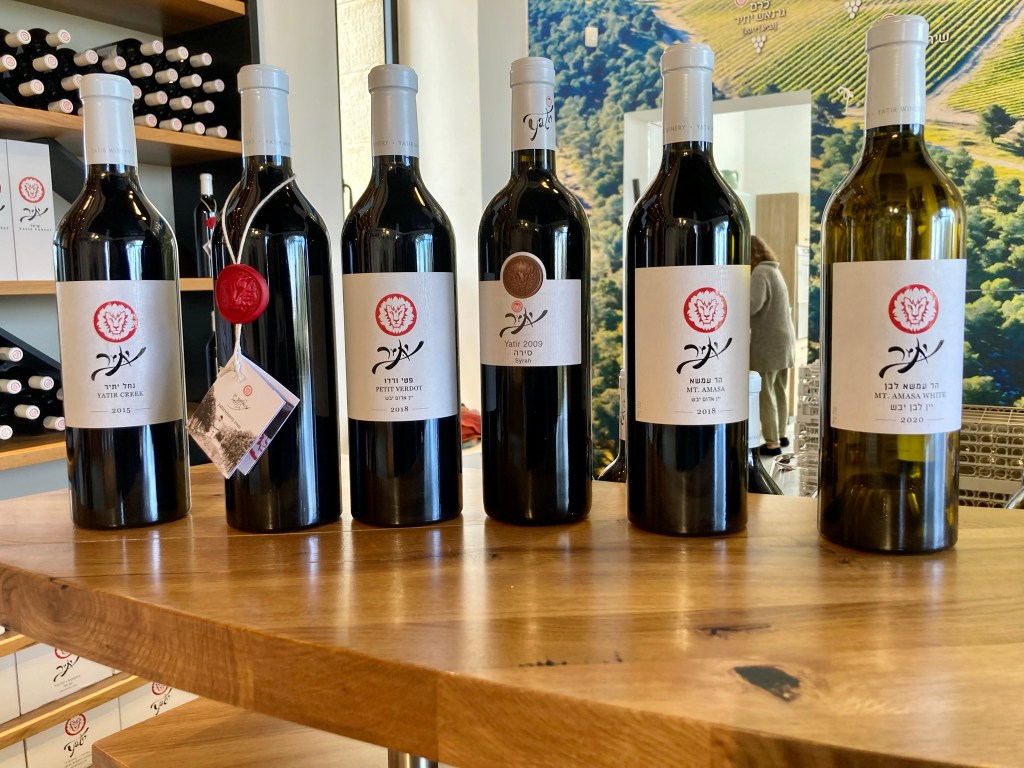



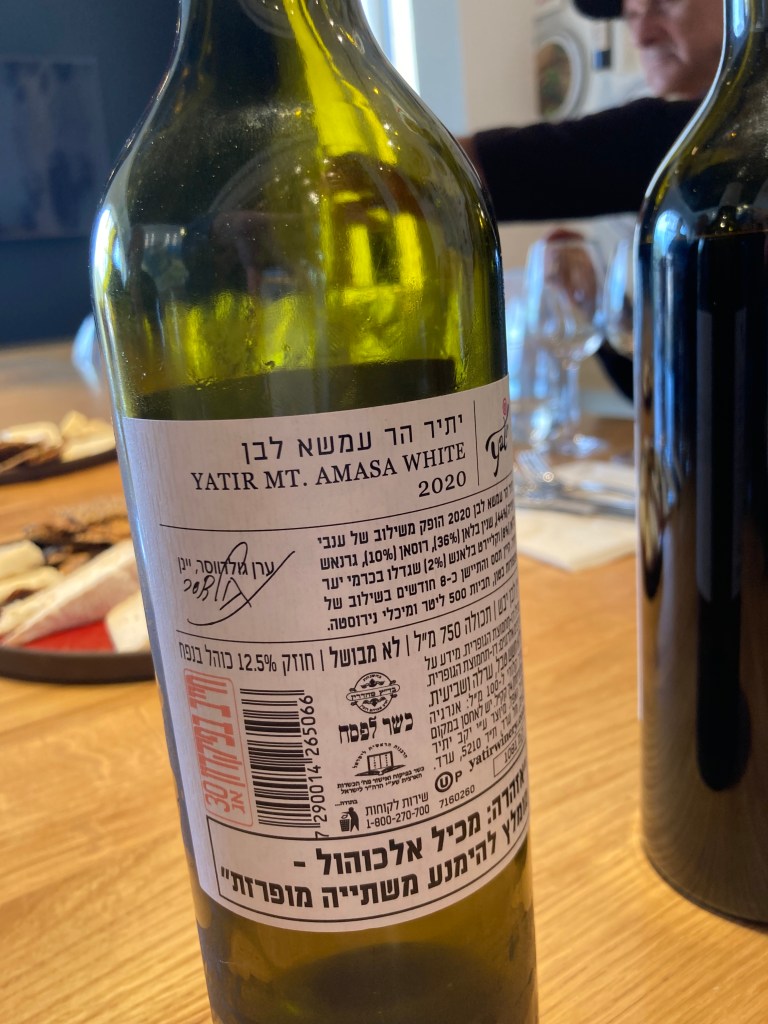
A table was set for us with big plates of locally produced cheeses and crackers, olives, nuts and dried fruits. Smadar gave generous pours as she told us about each wine. The Mt. Amasa white, a blend of Vigonier, Rousanne and three other grapes is absolutely the best white wine we’ve had while in Israel. Highly aromatic with a fruity nose with undertones of oak and vanilla, it reminded us of the California varietals that came from the Arroyo Grande vicinity. We bought a case of six bottles… the price was too good for us not to pass up. Their four reds we tasted were all complex and delicious. Great color, body, legginess and nose. The Petit Verdot, with its intense dark purple color and fruit- forward bouquet also had a rich dark-chocolate scent. Blackberries, cherries and chocolate, ripe and full gave a satisfying palette. It also came with a good price tag. We bought a case for special occasions and Shabbat.
Their flagship red, Yatir Forest, received a score of 93 from critic Robert Parker.
The 2016 combines Cabernet Sauvignon grapes, Petit Verdot and Malbec all grown regionally and selected specifically from the best grapes. Aged 15 months in French Oak, it is very drinkable now, but definitely a wine to keep for a few years. Another deep purple/crimson wine, the Yatir Forest had an amazing nose of forest fruits, fragrant leather and oakiness. The taste was spectacular! With a limited edition each year, this wine had a much steeper price.
Such magnificent wines come from vines are uniquely fit for that particular microclimate. The wines are exported to Europe, the United States, Argentina and China. All are Kosher to the highest standards. Representatives from different European and American wineries are now coming to Israel to learn from Yatir Forest on how to shift ways of growing sustainably and ecologically with respect to changing climates.


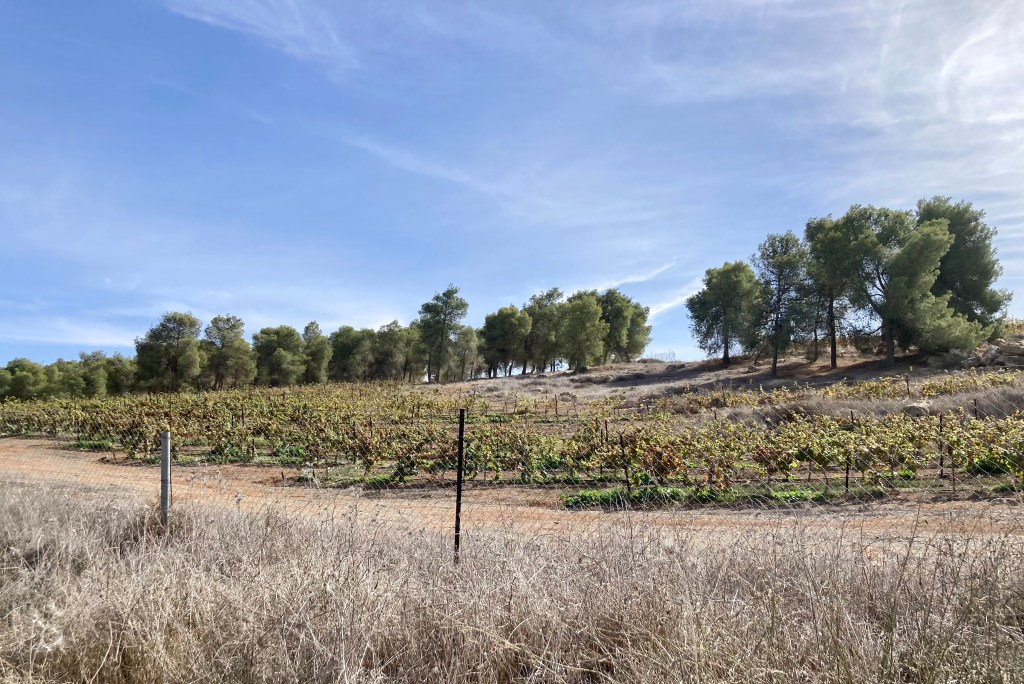
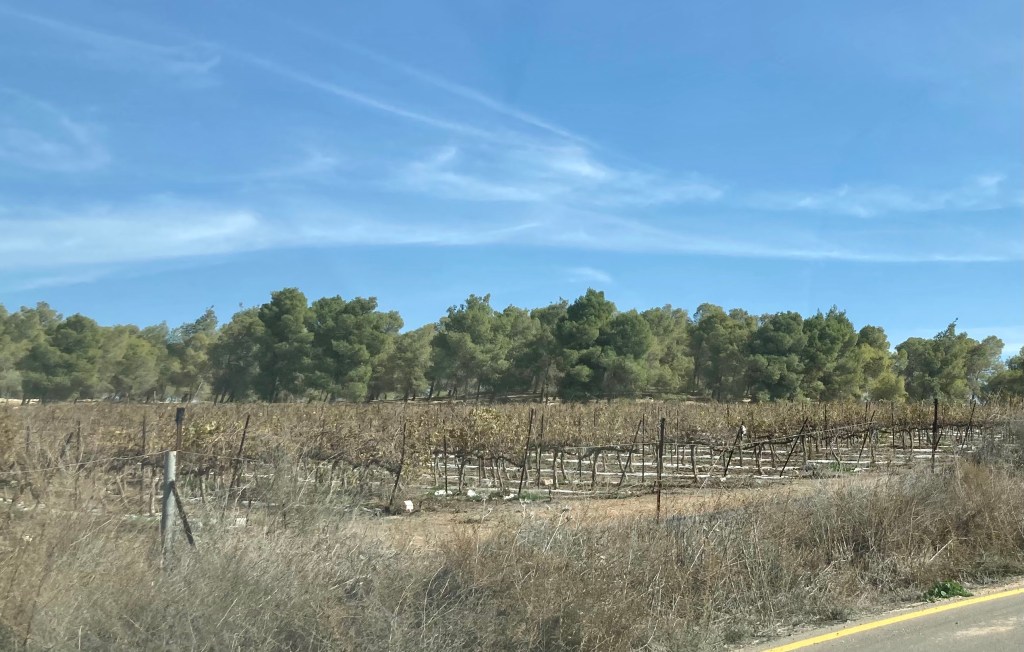



Israel, tiny though it may be, is truly a land of innovation. It is a testament to vision and perspicacity. It is a fulfillment of ancient Biblical prophecy and a modern-day miracle! As the prophet Amos wrote, ” I will restore the people Israel from captivity. They will plant vineyards and drink of their wines. I will firmly plant them in their own land that I have given them, never to be uprooted again says the Lord.”

We have to stop many areas that will turn into desert forests from climate change. Thank you 🌍
LikeLiked by 2 people
Absolutely fascinating article! Thank you so much for sharing. I did not know about the forest created in the desert. I will be forwarding this to friends. Thank you!
LikeLiked by 1 person
Thank you for reading! Israel always surprises us with unexpected wonders: natural beauty; eco diversity; people; historical and archaeological sites; innovation… it’s truly a land of miracles. Hope you can visit sometime-
LikeLiked by 1 person
Thank you for reading! There are just so many fascinating places, peoples and cultures here in Israel to explore… so come with me on the journey!
LikeLiked by 1 person
So inspiring! Thanks Tamar for bringing us so much good news from Israel. Mona
LikeLiked by 1 person